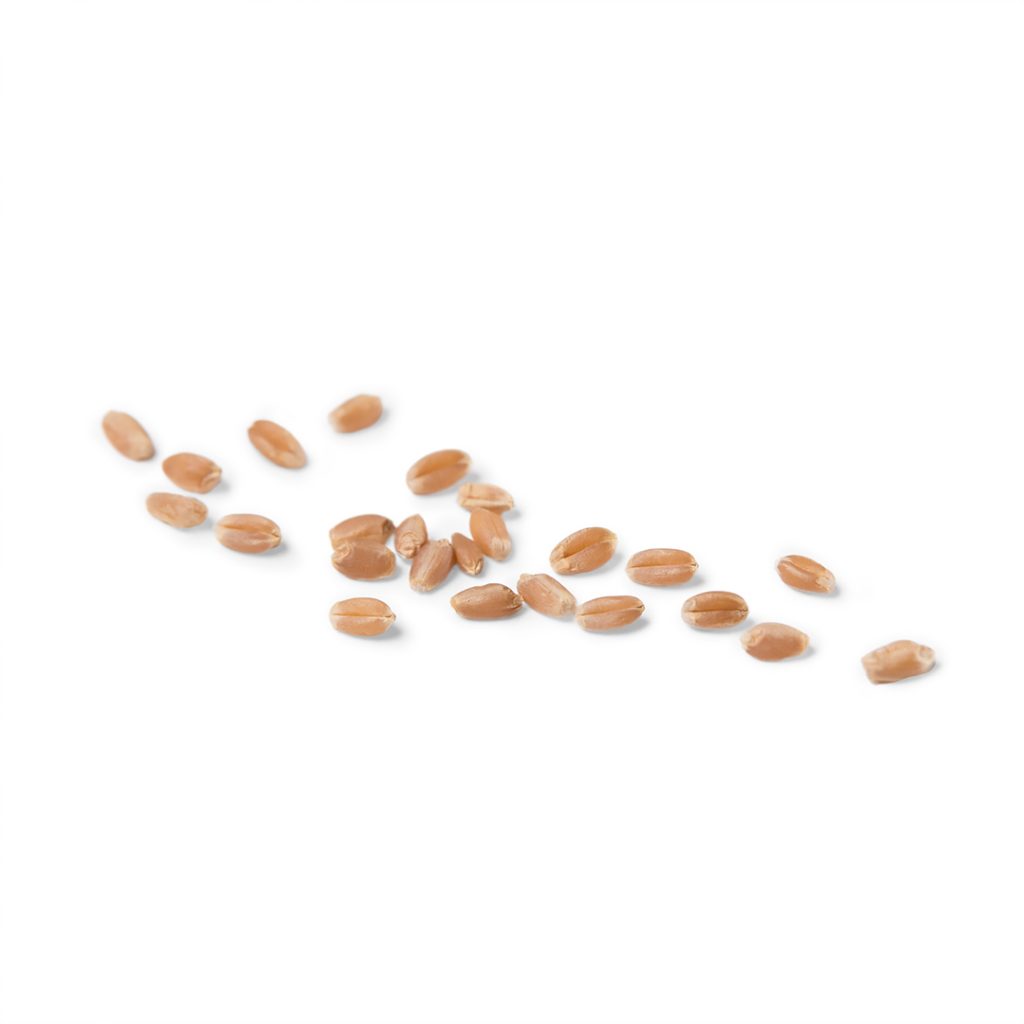WHEAT WOES
WORLD WHEAT CROP SMALLER BUT LARGE CARRY OUT ASSURES ABUNDANT SUPPLY
BY JON DRIEDGER
“Leftovers” isn’t a term that generally gets one’s heartrate up. However, from a market outlook perspective, the “leftovers” from the previous year (referred to as the “ending stocks” or “carryout”) is of critical importance. In many ways, it can be considered the most important number on the supply and demand balance sheet. Analysts and traders rely heavily on ending stocks when trying to determine where prices may go. This is an important reminder when trying to make sense of wheat price activity over the past several months.
Wheat prices have been on a wild ride since spring. After plodding along in a narrow range at relatively low values for the past two years, the market started to gain traction in early June. Led by the Minneapolis Hard Red Spring Wheat futures contract, prices propelled higher into July and went through several weeks of volatile back-and-forth trade before starting to ease later in the month.
There were several factors percolating under the surface of the wheat market through winter and early spring. U.S. winter wheat plantings were at a century low. Overall consensus held that world production would be down in the 2017/18 cycle. Concerns arose over dryness in parts of Europe and Ukraine and were being monitored closely. Meanwhile, adverse weather across parts of the U.S. winter wheat area indicated an increased likelihood of lower yields.
Action really started to pick up when hot and dry weather began to bake the Northern Plains in the U.S. and parts of the Canadian Prairies—a direct hit to the Hard Red Spring Wheat crop. Given how much the protein and quality of the spring wheat crop is relied upon to blend with other wheat to meet end users’ needs, the market reacted in a pronounced way to the perceived shortage of production. Hard Red Spring Wheat is not the largest class of wheat grown in the United States, but of course is very prominent on the Prairies. Naturally, the rally was front of mind for farmers in Western Canada, as was the subsequent volatility in prices as the market tried to sort out what the actual production would be in 2017.
What does this have to do with ending stocks? Markets are much more sensitive to weather and other production threats when supplies are drawn down to minimal levels heading into the growing season. End users know there is little reserve to fall back on if yields fall short, and subsequently scramble for ownership when weather threatens potential production. On the flipside, during those times when year-end inventories are abundant, the market has a cushion to fall back on. Prices can remain low despite the presence of weather imperfections.
The wheat market was working its way through both of these situations during the 2017 growing season. Supplies of Hard Red Spring Wheat, specifically, were lower heading into the crop year. Subsequently, there was a sharp drop in anticipated production when the temperatures rose and there was a pronounced lack of rain in key parts of the growing area.
However, all of this was against a backdrop of abundant wheat supplies in general. The 2016/17 crop year saw a record large global carryout, while non-spring U.S. wheat stocks overall were plentiful. World production was set to decline in 2017, but not so dramatically as to make it difficult for end users to source wheat. In other words, the combination of tight ending stocks and falling yields pointed to a shortage of the high-protein wheat needed for blending. However, abundant world carryout from the previous season largely negated the moderate decline in world production, with the market confidently anticipating another sizable global wheat inventory at the end of the 2017/18 crop year. The forecast for ending stocks means there is no shortage of wheat, in general. Hard Red Spring Wheat prices see-sawed between its smaller bullish story and the bigger bearish headwind. This dance may well continue through the remainder of the current crop year.
While large ending stocks act to mitigate sharply higher prices, the trends are cyclical. Lower values encourage smaller plantings as farmers look for more profitable crops to grow. This allows the stockpile to get worked down over time. But market signals work within the various classes as well—while many farmers worldwide will be looking at rather ordinary values for their wheat, high prices may encourage more plantings of Hard Red Spring Wheat to address the shortage of higher-quality wheat.
Leftovers usually don’t trigger much excitement, but when it comes to a market outlook and making sense of prices, there are few things more important.









Comments